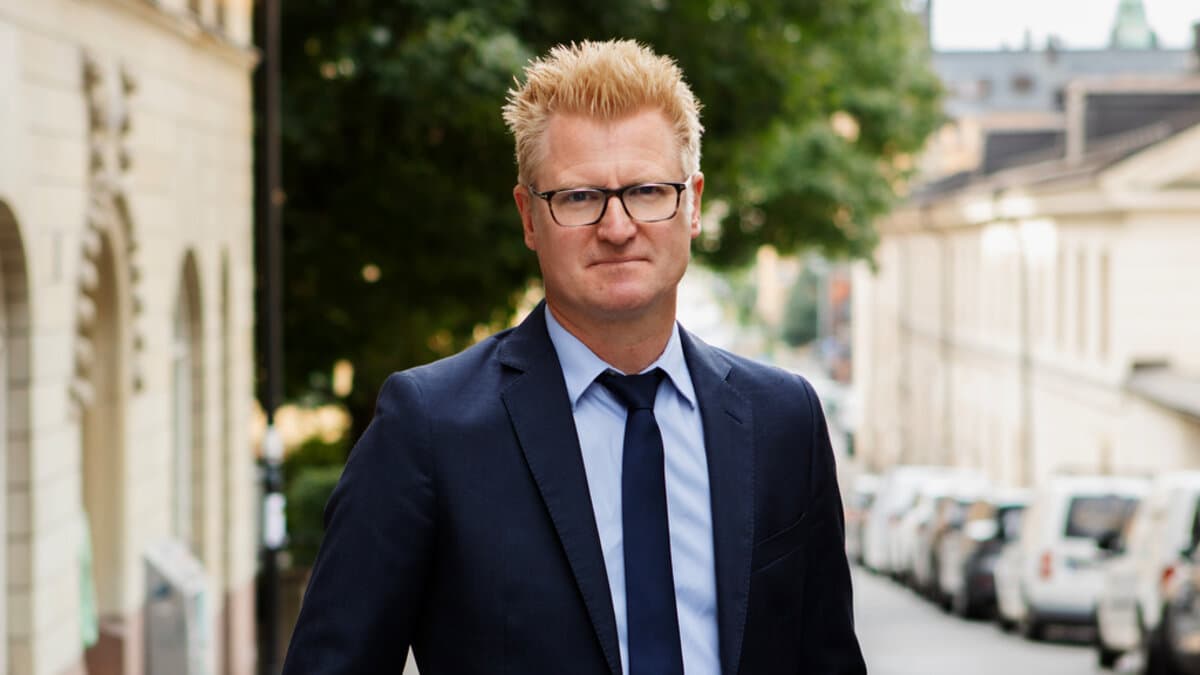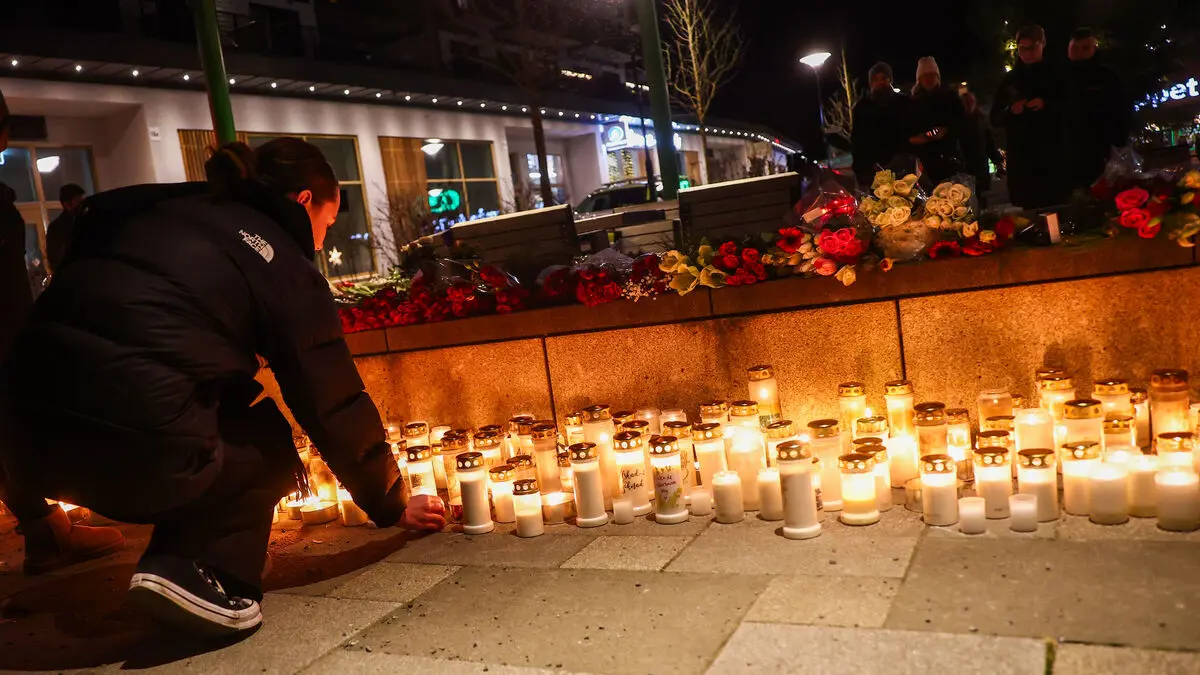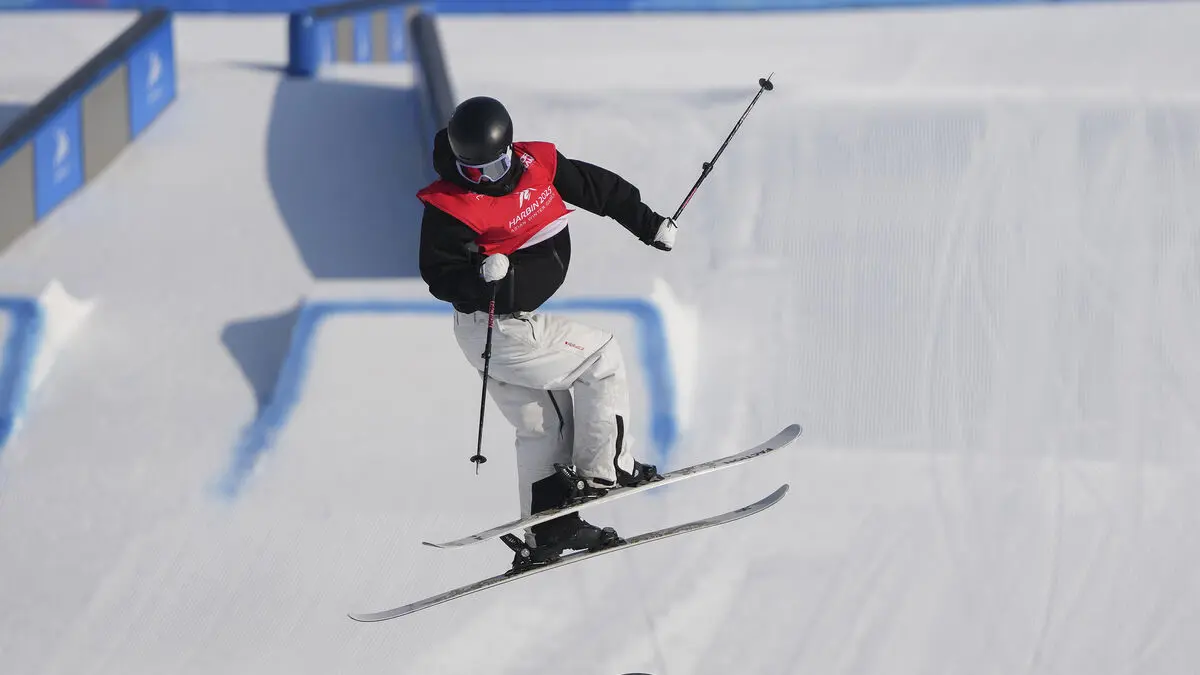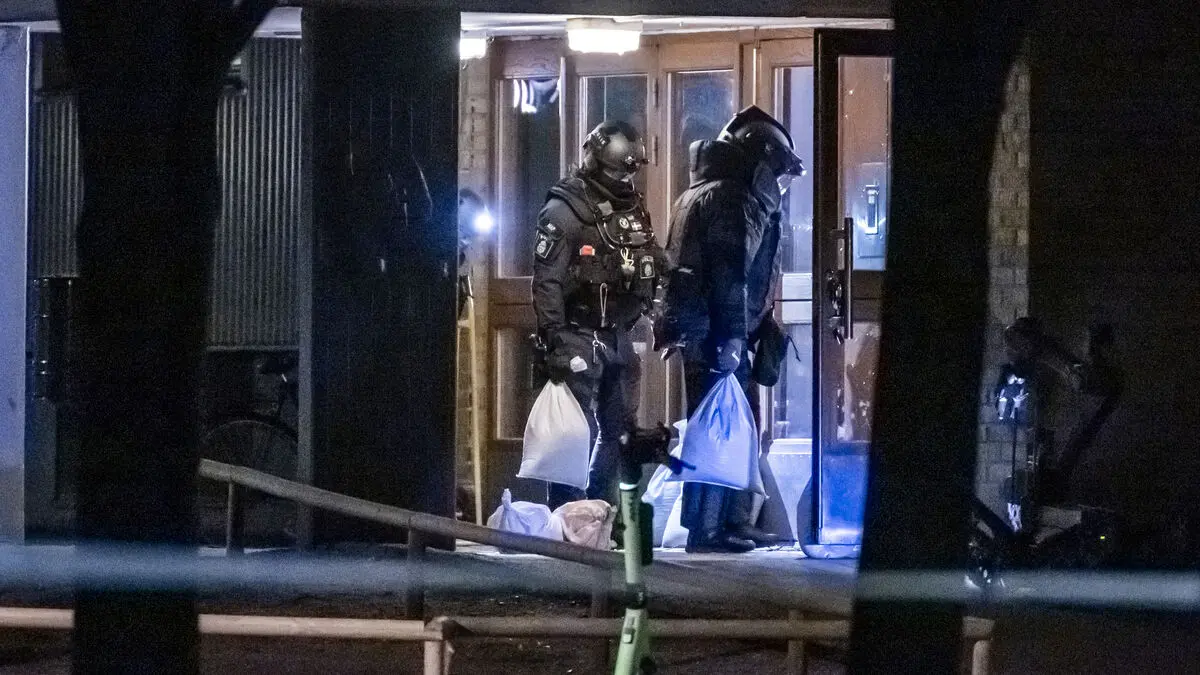The results are, of course, worrying. The crushing workload must be taken seriously, otherwise, it will cause problems both for the judges and for society at large, says Johan Kjellsson, judicial policy expert at the union Akavia, which together with Saco-S Court has investigated the work environment and how attractive the profession is perceived.
705 of Sweden's approximately 1,400 permanent judges have participated in the survey, where, among other things, seven out of ten state that they do not have time to perform their tasks during regular working hours.
Johan Kjellsson reacts primarily to the fact that half of the judges in the survey believe that the burden is so serious that it threatens the rule of law.
This is what is most worrying, he says.
Four out of ten judges state that they work an average of 17 hours extra per month beyond regular working hours, and every third judge experiences stress symptoms such as sleep disorders, palpitations, and tension headaches or similar at least once a week.
Seven out of ten believe that reduced workload is the most important measure to make the courts more attractive workplaces.
To secure competence supply, a long-term and good budget allocation is now needed, as well as a review of the paths into the profession, according to Akavia and Saco-S Court.
According to the Court Administration's prognosis, 70 new judges need to be employed annually, but it is insufficient to tackle the heavy workload, according to Akavia and Saco-S Court.
We estimate that around 120 new judges per year are needed, says Johan Kjellsson.
The survey, which was conducted in November last year, is part of a report that will be published in its entirety later this fall.





